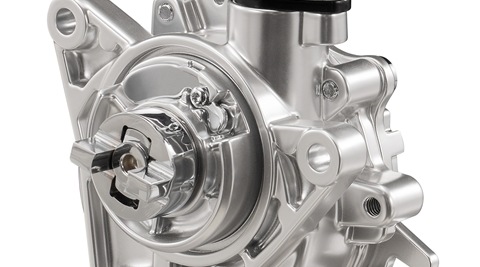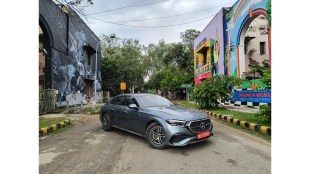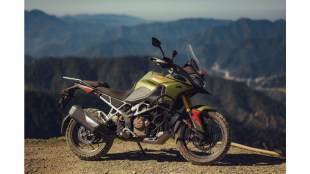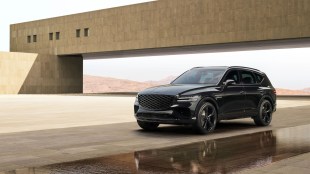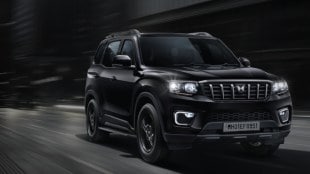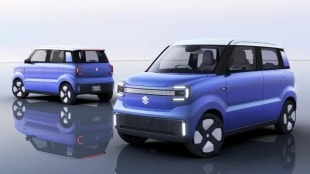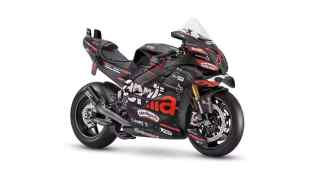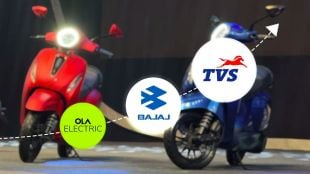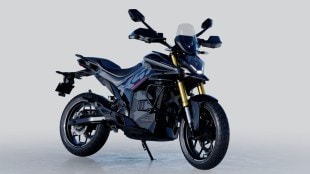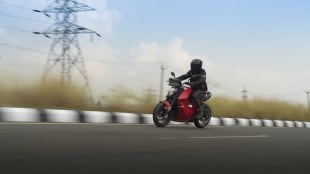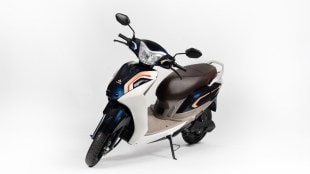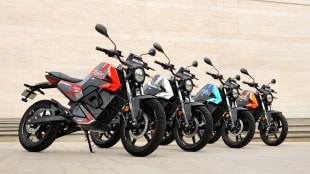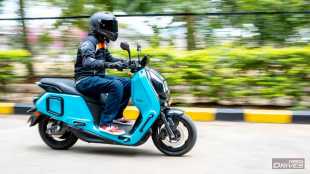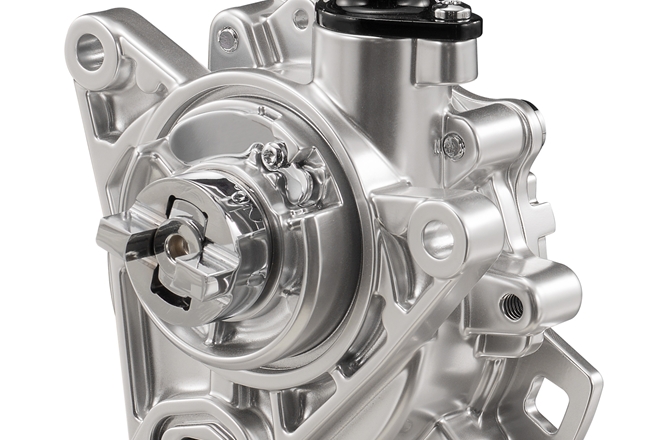
ABS or Anti-lock Braking System does not allow wheel locking which inturn leads avoids wheel locking. But, how does it work. Before we get to how does it work, we should understand what an ABS or an Anti-lock Braking System does? In essence, any ABS system whether with EBD or Electronic Brakeforce Distribution for four-wheeler and RLP or Rear wheel Lift Protection for two-wheelers has one basic function. The brakes, while being braked hard, should not lock which eventually leads into losing control of a vehicle.
While panic braking or hard braking, wheels tend to lock in case the pressure of the brake applied is more than the grip available for the tyres. This, for non-ABS vehicles, results in catastrophic results, however for vehicles with ABS, this can prove to be safer. An Anti-locking Braking System has a set of sensors as well as electornic components which include a controller, speed sensors, pump and valves. Other sophisticated systems have this in an electronic ‘box’ which has evolved and is being used in most cars equipped with ABS.
Coming to the actual working, whenever a panic braking manuever occours, the system kicks in and avoids locking by making the wheel which has the least traction (or all wheels depending on the vehicle) where the brakes would have a rapid ‘clapping’ action thereby bringing the vehicle to a stop. An ABS system.
Is ABS safer for your vehicle? Numerous test results have proven that a vehicle without ABS would have beared poor results over a vehicle with one. An example is the TVS test which proves that a motorcycle with ABS stops quicker versus a vehicle with ABS.
